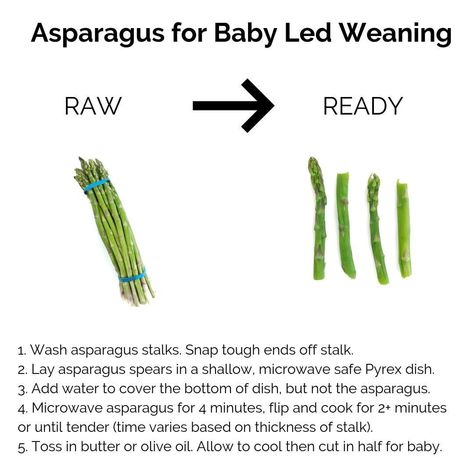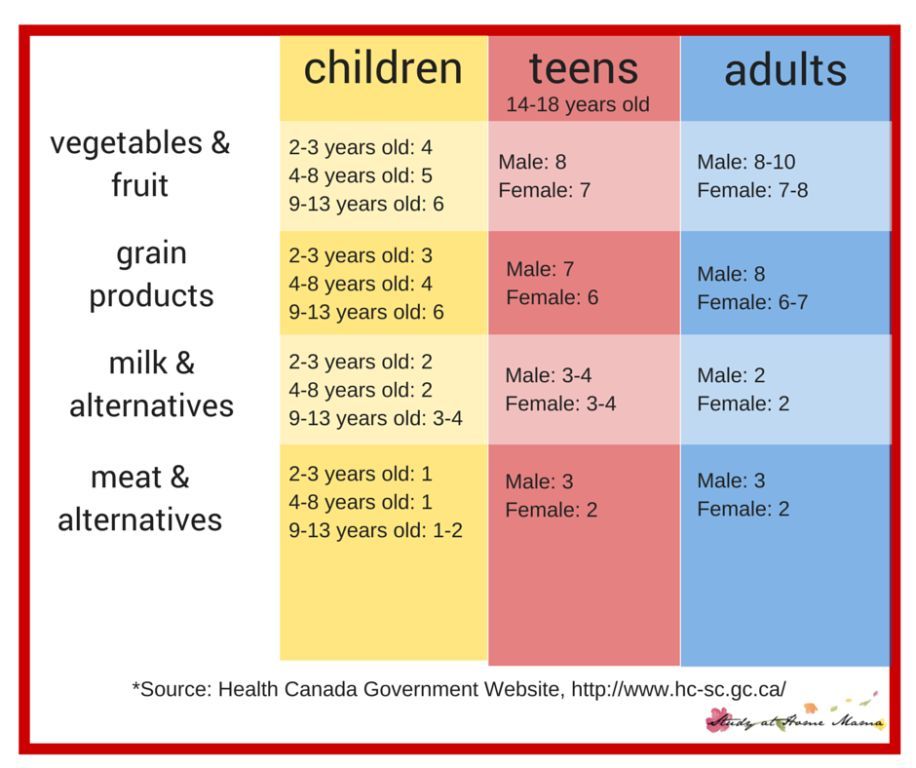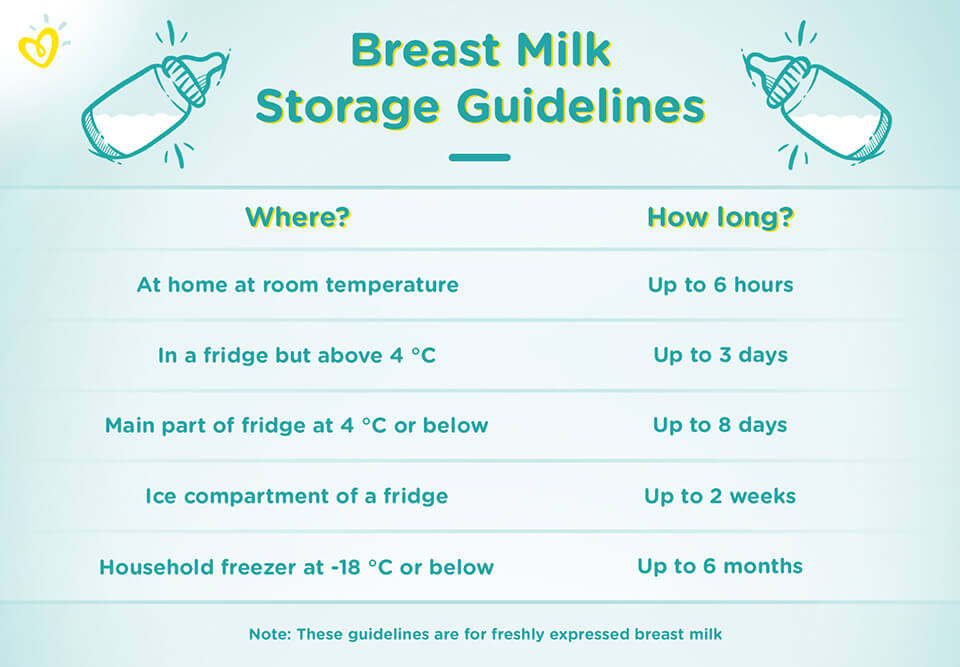When to introduce salt in baby food
How Much Should They Eat?
If you’re a new parent, you may be wondering how much salt is OK to include in your baby’s diet.
While salt is a compound that all humans need in their diets, babies shouldn’t get too much of it because their developing kidneys aren’t yet able to process large amounts of it.
Giving your baby too much salt over time may cause health problems, such as high blood pressure. In extreme and rare cases, a baby that’s had a large amount of salt may even end up in the emergency room.
Too much salt during infancy and childhood may also promote a lifelong preference for salty foods.
This article explains what you need to know about salt and babies, including how much salt is safe, and how to tell whether your baby has had too much salt.
You may add salt to your baby’s food in hopes that it’ll improve the taste and encourage your baby to eat.
If you use a baby-led weaning approach to feeding your baby, you may end up serving your baby foods containing more salt simply because you’re serving them the saltier foods you eat as an adult (1, 2).
However, babies who get too much salt through their diets can run into a few issues.
A baby’s kidneys are still immature, and they aren’t able to filter out excess salt as efficiently as adult kidneys. As a result, a diet that’s too rich in salt may damage a baby’s kidneys. A salt-rich diet may also affect a baby’s long-term health and taste preferences (3, 4).
Babies are born with a natural preference for sweet, salty, and umami-tasting foods (1, 4, 5).
Repeatedly being offered salty foods may reinforce this natural taste preference, possibly causing your child to prefer salty foods over those that are naturally less salty.
Processed foods, which tend to be salty but not typically rich in nutrients, may be preferred over whole foods with naturally lower salt contents, such as vegetables (4, 6, 7, 8, 9).
Finally, salt-rich diets may cause your baby’s blood pressure to rise. Research suggests that the blood-pressure-raising effect of salt may be stronger in babies than it is in adults (3).
As a result, babies fed a salt-rich diet tend to have higher blood pressure levels during childhood and adolescence, which may increase their risk of heart disease later in life (10, 11).
In extreme cases, very high intakes of salt can require emergency medical care, and in some cases, even lead to death. However, this is rare and usually results from a baby accidentally eating a quantity of salt much larger than parents would normally add to foods (12).
SummaryToo much salt can damage a baby’s kidneys, increase their blood pressure, and possibly raise their risk of heart disease later in life. A salt-rich diet may also cause your child to develop a lasting preference for salty foods.
Sodium, the main component in table salt, is an essential nutrient. Everyone, including babies, need small amounts of it to function properly.
Young babies under 6 months of age meet their daily sodium requirements from breast milk and formula alone.
Those 7–12-months-old are able to meet their needs from breastmilk or formula and the small amounts of sodium naturally present in unprocessed complementary foods.
As such, experts recommend that you don’t add salt to your baby’s food during their first 12 months (2, 4, 5).
Having an occasional meal with salt added is OK. You may sometimes feed your baby some packaged or processed foods with salt added or let them try a meal from your plate. That said, overall, try not to add salt to the foods you prepare for your baby.
After 1 year of age, recommendations vary slightly. For instance, the European Food Safety Authority (EFSA) considers 1,100 mg of sodium per day — about half a teaspoon (2.8 grams) of table salt — safe and adequate for children of 1–3 years (13).
In the United States, recommendations for the same age group average 800 mg of sodium per day. That’s about 0.4 teaspoons (2 grams) of table salt per day (14).
SummaryBabies under 12 months should not get any additional salt through their diet.
Intakes between 0.4–0.5 teaspoons of salt appear safe in children up to 4 years old.
If your baby eats a meal that’s too salty, they may seem thirstier than usual. Typically, you won’t notice the effects of a high salt diet immediately, but rather over time.
In extremely rare cases, a baby that’s eaten too much salt can develop hypernatremia — a condition in which there’s too much sodium circulating in the blood.
If left untreated, hypernatremia can cause babies to progress from feeling irritable and agitated to drowsy, lethargic, and eventually unresponsive after some time. In severe cases, hypernatremia can result in coma and even death (15).
Milder forms of hypernatremia can be more difficult to spot in babies. Signs that your baby may have a mild form of hypernatremia include extreme thirst and a doughy or velvety texture to the skin.
Very young babies may start crying in a high pitched fashion if they’ve accidentally eaten too much salt.
If you think that your baby may have gotten into too much salt or is beginning to show signs of hypernatremia, call your pediatrician.
SummaryIf a baby has a salty meal occasionally, you may notice they are thirsty. In extremely rare cases, babies who have ingested large amounts of salt may develop hypernatremia and require medical attention.
As a parent, you can limit the amount of salt your baby eats in several ways.
Most baby food purées may contain small amounts of naturally occurring sodium from the foods they are made with but very little, if any, added salt. If your baby is currently eating them exclusively, they’re unlikely to ingest too much salt.
If you make your own baby food, skip adding salt, choose fresh foods, and check labels on frozen or canned vegetables and fruits to find lower sodium options.
Also, remember to rinse canned foods, such as beans, lentils, peas, and vegetables, before adding them to purées or meals. Doing so helps reduce their sodium content (16).
Doing so helps reduce their sodium content (16).
If you’re doing baby-led weaning, you can set aside a portion of meals for baby before adding salt or make family meals with spices and herbs instead of salt.
Check the sodium content of foods you frequently buy, such as bread, cereal, and sauces. Lower sodium versions are available for most packaged foods, and comparing labels can help you find a brand with less salt added.
Frozen meals, as well as takeout or restaurant foods, are generally higher in salt. Occasionally, it’s fine for baby to have these meals, but when dining out, a lower salt alternative would be to bring a few foods from home for your baby.
SummaryYou can minimize the amount of sodium your baby eats by offering them foods without added salt. Replacing pantry foods like bread and sauces with low sodium alternatives can also help.
Babies need small amounts of salt in their diet. However, their bodies can’t handle large amounts. Babies fed too much salt may be at risk of kidney damage, high blood pressure, and possibly even an increased risk of heart disease.
Babies fed too much salt may be at risk of kidney damage, high blood pressure, and possibly even an increased risk of heart disease.
Moreover, a salt-rich diet may cause babies to develop a lifelong preference for salty foods, in turn, possibly lowering the overall quality of their diet.
Try not to add salt to your baby’s foods when they are under 12 months. After 1 year, you can include a small amount of salt in your child’s diet.
Just one thing
When cooking a family-style meal, get into the habit of adding salt near the end of cooking. This way, you can reserve a no-salt-added portion for your baby.
Why salt for babies is an important topic for new parents
We are told to avoid salt in babies under 1 year of age as their kidneys can’t cope with it. However we all – including babies – need a little bit of salt to survive. What baby’s kidneys can’t cope with is too much salt.
If you would like a PDF version of this blog delivered directly to your inbox, pop your details below.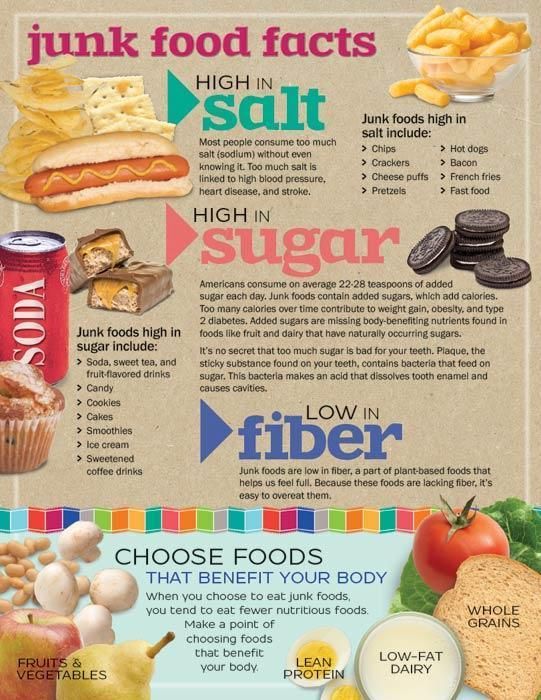
How much salt do babies need?
Babies only need a tiny amount of salt, in fact it’s less than 1g per day until they turn one. For the first 6 months of life they will meet their salt needs through breastmilk or formula.
One to 3 year olds shouldn’t have any more than 2g salt per day.
Once weaning starts and milk feeds reduce, your baby will get the additional salt he/she needs from food, but this is where it tends to go a bit haywire and babies consume too much.
We know that by the age of one year the vast majority of babies are having far too much salt and we know that baby-led-weaners get there sooner.
What is sodium?
Sodium Chloride is the chemical name for salt often referred to just as sodium and it’s actually the sodium component that is harmful if your baby eats too much of it. Salt and sodium are often used interchangeably and you may see both on food labels.
How do babies eat too much salt?
The staple foods of weaning such as bread, crackers, breadsticks and cheese are actually very high in salt because it is needed as part of the recipe.
Also processed meat such as ham and sausages are popular foods given to little ones but are very salty too.
Breakfast cereals , even plain ones, can be a huge contributor to salt in your child’s diet.
It is important to avoid adding salt to anything you cook from scratch, even if you think it tastes bland. Taste is a very different experience for your baby than it is for you. You should also avoid soy sauce, standard stock cubes, gravy and packet, tinned or jar sauces marketed for family meals, as they tend to have high salt content.
How can you manage your baby’s salt intake?
Cook From Scratch
Whenever you can, use herbs and spices as flavour enhancers. Baby stock cubes are very handy as they are much lower in salt and if you want to go the whole hog you can make bone broth from a chicken carcass and herbs boiled in water or a lovely vegetable stock from veggies and herbs.
Check Food Labels
Shop bought baby foods, such as baby cereals, finger foods and pouches have a low salt content as it is against the law to add salt to baby food during processing.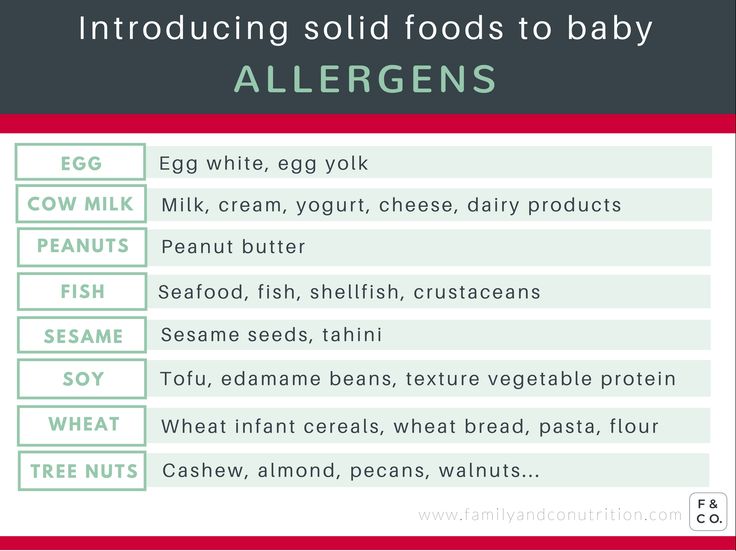 Toddler and children’s meals, however, can have salt added, so be careful and check food labels to make sure to buy only age appropriate foods for your baby!
Toddler and children’s meals, however, can have salt added, so be careful and check food labels to make sure to buy only age appropriate foods for your baby!
Baby friendly ready meals, puffs, pots, pouches and jars are often low in nutritional value, and pouches can have water added to bulk them out. Meals often have a low meat or protein content (as protein is an expensive ingredient) so won’t meet your baby’s requirements for the critical nutrients they need.
Choose A Range Of Starchy Carbohydrates
Bread and crackers contain salt as it has to be added as part of the baking process and bread won’t rise properly without it. Therefore, it is wise to limit bread, breadsticks and crackers to once or twice a week.
Pasta, rice, potatoes, couscous, quinoa and other grains are very low in salt and these make excellent alternative starchy carbohydrate options for home made baby meals.
Don’t Rely On Cheese
Cheese is very highly salted and it’s often loved by little ones as it is so flavoursome.
It’s also a great source of calcium, protein and a fabulous energy booster. It is one food, I recommend you still allow your baby to have, routinely, but try to rotate with other protein foods such as chicken, fish, lean meat, beans and other pulses so that your baby doesn’t have cheese every day.
Low salt foods are:
- Fruits and vegetables – fresh, frozen or tinned are fine but avoid those canned in syrup or brine
- Pasta
- Rice
- Potatoes
- Plain meat
- Fresh chicken
- Fish – not battered or breadcrumbed or canned in brine
- Eggs
- Lentils, beans and pulses
- Milk, cream, yoghurt
Very salty foods that are best avoided are:
- toddler, child & adult ready-meals
- pies, pasties, scotch eggs and sausage rolls
- Breaded or battered chicken and fish
- Sausages and other cured meats
- Ham
- Smoked salmon
- Bacon
- Biscuits
- Crackers including breadsticks
- Soups – including fresh soups
- Gravy
- Packet, dinner or jar sauces
- Pizza and filled pasta
- Crisps
What to look for on food labels:
When looking at the nutritional information labels on foods check the amount of salt per 100g. A low salt food contains less than 0.3g per 100g. Salt is sometimes also expressed as sodium. To find out the amount of salt in a food you need to multiply the sodium value by 2.5 so if a packet of crisps contains 1g sodium, it contains 2.5g salt.
A low salt food contains less than 0.3g per 100g. Salt is sometimes also expressed as sodium. To find out the amount of salt in a food you need to multiply the sodium value by 2.5 so if a packet of crisps contains 1g sodium, it contains 2.5g salt.
What actually happens if my baby has too much salt?
Your baby’s kidneys process excess salt so that they can wee it out in their urine. However as their kidneys are immature they are not able to deal with large amounts of salt in one go.
In addition, we know that a high salt intake can cause high blood pressure which puts your little one at greater risk of heart disease and stroke as they get older.
A high salt diet in childhood has also been linked to osteoporosis as it interferes with calcium absorption. It’s also linked to asthma, obesity and some cancers too.
Is my baby born liking salty foods?
Liking salty food is a ‘learned taste preference’ which means that your little one has to be taught to like salty foods before they will choose to eat them. The best way to avoid developing a preference for salty foods is to not give it routinely in the first place.
The best way to avoid developing a preference for salty foods is to not give it routinely in the first place.
What about pink Himalayan salt or sea salt? This is healthier isn’t it?
Despite these salts containing other natural minerals and ingredients, they do still contain sodium chloride and do need to be avoided for under 1’s.
The experience and exposure caveat:
Weaning, however, is a time when your baby should experience a wide variety of tastes and textures. It is a learning adventure and so it’s important for them to be exposed to as many different tastes as possible.
Therefore, the occasional taste of something salty such as a chopped olive or piece of anchovy won’t do them any long term harm and yet will allow them the experience of learning about a new food.
Further information:
If you’ve found this post useful and want to know more about your baby’s nutrition during their first year of life, I’d like to invite you to check out my online course called Happy Healthy Weaning.
It’s really hard to get weaning right and we only get one chance at it, but with this course it’s like having a dietitian at your kitchen table!
Sarah Almond Bushell MPhil, BSc (Hons) RD MBDA – Registered Dietitian & Children’s NutritionistFrom what age can salt and sugar be given to a child | The benefits and harms of salt and sugar in baby food
Salt and sugar are quite controversial foods in the diet of even an adult. But what about the nutrition of children, especially the smallest - babies up to a year old?
Everyone knows that taste preferences and eating habits are developed in a person from early childhood - from the moment the first complementary foods are introduced. And the main task of parents during this period is to instill in the child a love for the natural taste of products, not to provoke the development of taste buds in only one zone, for example, sweet and salty. nine0003
Salt and sugar for children under one year old
Many mothers and fathers worry that without the introduction of sugar and salt, the child will not receive sucrose, which gives energy and mineral salts necessary for cellular metabolism. However, this is a big misconception, as scientists nutritionists have long proven, sucrose is absolutely not needed for children under one year old. Healthy sugars should get into the children's body in the form of fructose, which is found in fruits and vegetables.
However, this is a big misconception, as scientists nutritionists have long proven, sucrose is absolutely not needed for children under one year old. Healthy sugars should get into the children's body in the form of fructose, which is found in fruits and vegetables.
As for salt, the product that we see on the shelves of stores with the inscription "Table salt" is again not the salt that a growing body needs. Mineral salts involved in every metabolic process of our body are the most complex substances in terms of their chemical composition. Here are just some of the components of these compounds - sodium chloride (salt itself), zinc, copper, manganese, iodine, selenium, etc. - and all these trace elements are found in complementary foods (vegetables, meat, fish, and others), and can fully cover the daily need of the child's body. nine0003
That is why Materna dairy and dairy-free baby food does not contain refined sugars and table salt. The required amount of nutrients and trace elements of Materna nutrition is calculated taking into account the age needs of the child.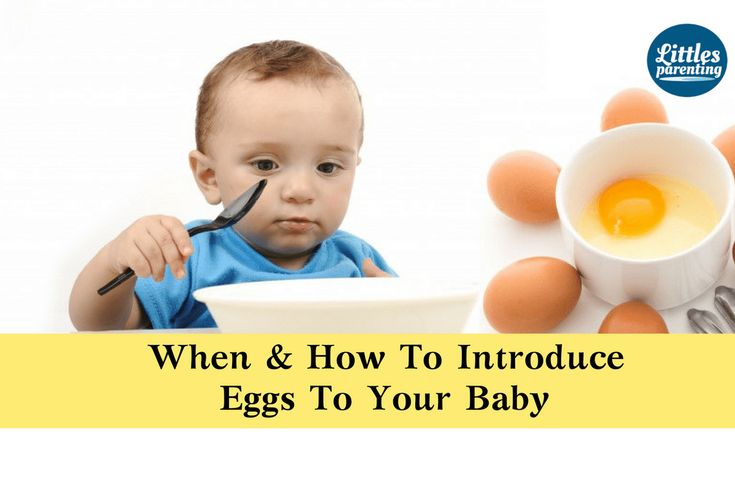 Materna infant formulas for babies of the first year of life are as close as possible in composition to mother's milk and are enriched with additional components for comfortable digestion and full growth of the child.
Materna infant formulas for babies of the first year of life are as close as possible in composition to mother's milk and are enriched with additional components for comfortable digestion and full growth of the child.
Sugar in baby food
The need for sugar in a child up to a year is only 4 g (slightly less than a teaspoon). Babies up to 4-6 months of age receive easily digestible sugars from mother's milk or formula. Since the introduction of complementary foods, natural sugars of vegetables and fruits, juices are added.
It is advisable to add refined white sugar to children after a year, in an amount of not more than 6 g per day (full teaspoon). Use it to sweeten sour fruit drinks, when baking fruits, in desserts or pastries. nine0003
Too early or too much sugar in a child's diet leads to a number of problems:
- fermentation processes in the intestines increase, which provokes bloating and painful colic. Products of incomplete protein breakdown from the intestine are absorbed into the bloodstream, thereby causing allergic reactions;
- excess sugar is deposited in fat depots, prerequisites for the development of obesity, diabetes mellitus and changes in the central nervous system appear; nine0006
- tooth enamel is destroyed;
- interferes with proper nutrition: sweetened food creates an “illusion” of satiety in a child, therefore, having eaten quite a bit, for example, sweet porridge or cookies, he will refuse the main meal;
- sugar in children is addictive! No matter how scary it sounds, but this pattern has been repeatedly proven: a child, receiving a portion of glucose, experiences an emotional upsurge, he is cheerful and active, but as soon as the blood sugar level drops to normal, lethargy and boredom will set in, so the child will begin to ask himself, and then demand sweets.
 nine0026
nine0026
Materna Sugar Free Infant Formula does not have these drawbacks.
Salt in the diet of children under one year old
The stereotype that has been strengthened over the years that the human body without salt can get serious functional disorders, and to this day encourages young mothers to add salt to complementary foods for their beloved child. But is salt really necessary for children under one year old? Many pediatricians agree that the child receives all the necessary mineral salts from milk nutrition or complementary foods without the addition of common table salt. nine0003
The daily salt requirement for a child up to a year is 0.3 g (after a year 0.5 g). Before the introduction of complementary foods, babies receive all this amount from mother's milk or an adapted milk formula. After that, mineral salts of complementary foods are added: from vegetables, fruits, cereals, meat and other foods. If parents want to further “enrich” the child’s diet with salt and add salt to complementary foods, this will create a greater burden on the kidneys (since salt retains fluid) and the child’s pancreas.
Another concern of young parents is the lack of flavor diversity, which is lost in the absence of salt in complementary foods. This myth also needs to be dispelled. The child's taste buds are very poorly developed, and in the first year of life, he does not distinguish the delicate taste of dishes well. But at the same time, if you regularly add salt or sweeten food, the zones of receptors that perceive sweet or salty will begin to develop faster and require more “flavor enhancers”.
Is it necessary to salt baby food
Reviewer Kovtun Tatyana Anatolievna
12105 views
September 15, 2021
Login or register to save articles and products as favorite nine0003
The salt we use every day in cooking is called sodium chloride. But if we talk about salt from the point of view of the human diet, then it makes sense to consider two elements, chlorine and sodium
But if we talk about salt from the point of view of the human diet, then it makes sense to consider two elements, chlorine and sodium
Sodium and chlorine ions play an enormous role in the human body - they maintain homeostasis (the constancy of the internal environment of the body), the level of fluid concentration inside and outside the cells necessary for normal life, ensure the normal permeability of the membrane of each cell in the body, participate in the conduction of electrical impulses in cells and perform a number of other physiological functions. nine0003
But do not immediately reach for the salt shaker.
Firstly, salt in its natural form can be obtained from many products, and secondly, there are strict restrictions on salt intake, and if they are not observed, then you can harm the body.
After all, a number of important mechanisms (renal, adrenal, vascular, etc.) are responsible for maintaining the balance of sodium and chlorine ions in the body, which, with excessive intake of salt from food, can experience excessive stress, and some systems can even fail. nine0003
nine0003
Today we will talk about the “salt” subtleties.
To salt or not to salt - that is the question
As for children, experts are unanimous in their opinion: infants do not need salt "from the outside" at all. Nature made sure that it was enough in mother's milk. By the way, it is equally important that mommy does not lean heavily on salty food.
And if the baby is bottle-fed, then the principle is the same - the balance of all the necessary elements has already been observed in the mixtures. nine0003
Salt can only be administered after breastfeeding or artificial feeding is completed, usually this happens at 1 or 1.5 years old. The baby will receive a third of the daily intake of sodium and chlorine "naturally" - from vegetables, fruits, cereals, meat and fish.
- Here are some high-sodium foods from baby food:
- egg
- sardine
- cottage cheese
- kefir nine0025 tomatoes
- oats
- apples
- carrots
- And foods that are rich in chlorine :
- beef
- rice
- buckwheat
- egg white
But the remaining two-thirds of the norm for the baby can be obtained with the help of table salt. The rules of "pinch" or "tip of a knife" do not work very well here - these are not perfect measures of measurement. The only thing that parents should be guided by is that children's food should a priori seem unsalted and fresh for an "adult" taste. nine0003
The rules of "pinch" or "tip of a knife" do not work very well here - these are not perfect measures of measurement. The only thing that parents should be guided by is that children's food should a priori seem unsalted and fresh for an "adult" taste. nine0003
Additional salting of industrial products for children 1–3 years old is prohibited. Children's "salt norm" per day is about 0.5 g per 10 kg of body weight.
What happens if you add too much salt to baby food
The urinary system of the baby will hardly get rid of the excess of this mineral. The load on fragile kidneys, pancreas, blood vessels will increase, and disturbances in water-salt metabolism are also possible.
Alarming signals for parents can be the presence of edema in the child, unreasonable anxiety of the crumbs and a decrease in the number of urination.
What kind of salt to choose for the baby
In baby food, it is recommended to use regular table salt. Black, Himalayan pink or sea salt is not suitable for crumbs.





